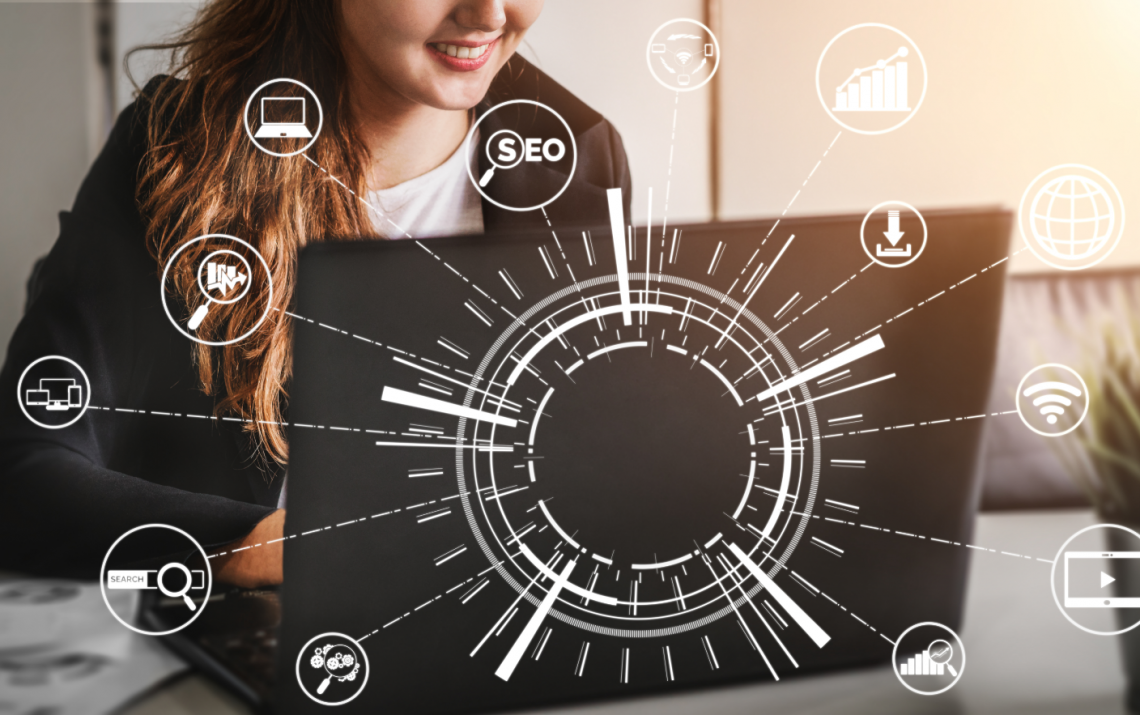Nerdery CEO Tom O’Neill, The Nerdery’s chief Internet of Things (IoT) and mobile engineer Ben Dolmar discuss how the Internet of Things can transform businesses and disrupt industries.
O’Neill: Let’s set the IoT table. What is this Internet of Things? “Things” have been with us much longer than the Internet, but let’s start with the Internet, which has grown from a curiosity in the early ’90s to today’s constant presence. That growth is partly thanks to that “thing” in your pocket – your smartphone.
Dolmar: Smartphones are only smart because of the Internet. However, here’s a word we didn’t have before the Internet: nomophobia – the fear of being disconnected from your mobile phone. The Internet is everywhere and spreading to all the things – and more and more connected devices. Connecting a “thing” to the Internet gives you the ability to sense and control. With sense, all of a device’s sensor data becomes visible, analyzable and actionable. For the control factor, when devices are enabled, they can be controlled remotely – responding to rules, sensor data or direct command. Sense plus control is a powerful equation. Digital access expands with our desire for that digital world to sense and control every aspect of our physical world.
O’Neill: What should companies consider when considering IoT and their business?
Dolmar: As a starting point, think about the impact of being able to access data from anywhere and how that could help your business. How could connected devices impact product value or service quality? If you had more info, how would it add value to your customers? Could you charge more for your services? Think about your competitors – are they already there? How could you use IoT differently and better than others in your industry?
O’Neill: Who are the players needed to pull off an IoT application?
Dolmar: Well, us, as software designers and developers, but also as digital orchestrators because it can require multiple parties whenever you’re dealing with hardware, software, firmware, the cloud and then some. We’re not a one-stop shop for IoT, but we can help companies understand what good looks like – or what the puzzle should look like when it’s complete even while we start to piece it all together. It’s especially important to build your plan out mentally first and to ask yourself, where will my data live? If you put all your data, all your rules and all your code on a particular platform and decide to move off of that platform, it ties the hands of your customers and their data.
O’Neill: My car has IoT-driven ways that alert me of its maintenance needs far beyond the oil light on my dashboard, but what are some other IoT applications you’re seeing in the field?
Dolmar: A growing number of home owners control the temperature of their house from miles away. Medtronic was just FDA approved for a wireless pacemaker. Sensors in farm combines are measuring real-time crop yield. Early adopters succeed by understanding opportunities in their business and building a digital roadmap.
O’Neill: You often hear about the consumer applications of IoT, but tell me more about what you’ve seen in the industrial space?
Dolmar: The opportunities in industry or business-to-business applications are actually larger than they are in the consumer space. From fleet management for service businesses maintaining machines to remote service calls for technicians who need to inspect that state of an installation, Internet access creates huge opportunities for businesses to cost-effectively improve service. Beyond that, industrial control is a well-established practice that has proven its value for decades. Adding the Internet into that equation opens the door to efficiencies in product lines, warehousing and distribution. It creates opportunities for more sophisticated decision-making driven by the advances that are happening in big data.
O’Neill: What’s the next step of the IoT evolution?
Dolmar:The next step for IoT involves moving beyond the human-controlled to the automated and integrating multiple IoT streams into a single set or output. Business leaders will figure out whatever it is they’d need to know to have their product act without human intervention – they’ll find ways to glean that info through sensors, or Internet accessible APIs, or analytics on large datasets. Others will use IoT to impact product reliability and warranty programs through connected, consistent maintenance. These changing dynamics will continue to change.






